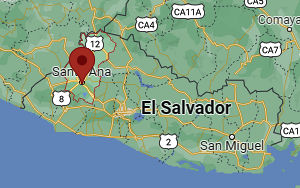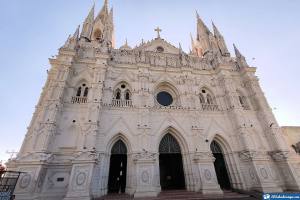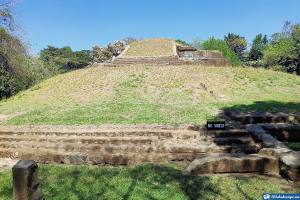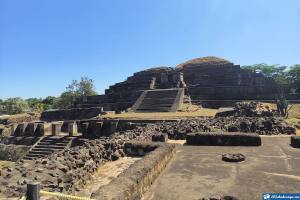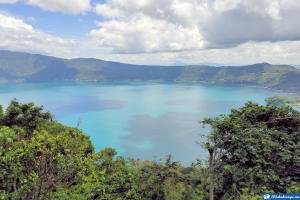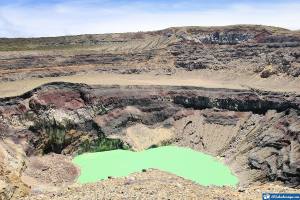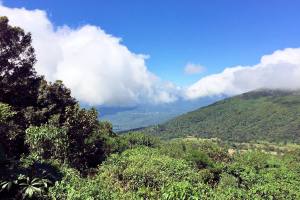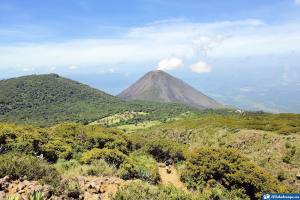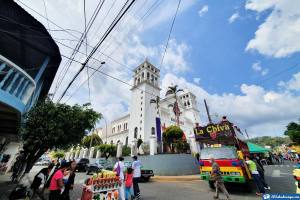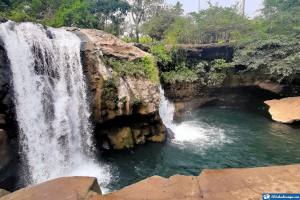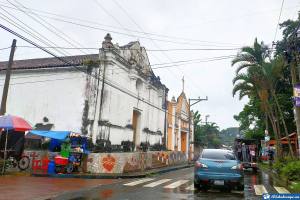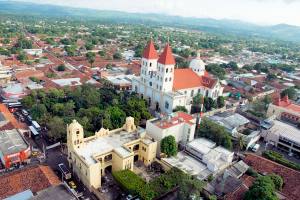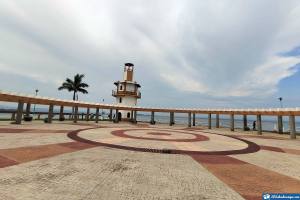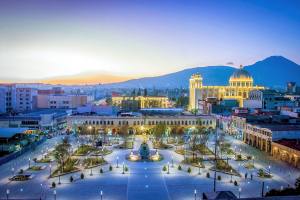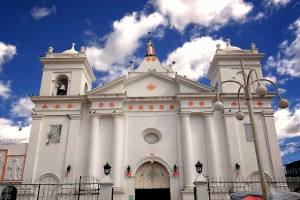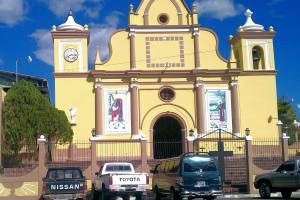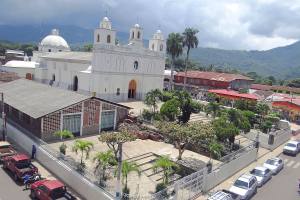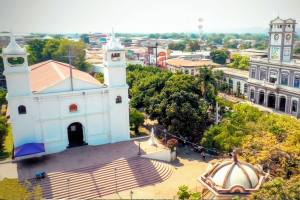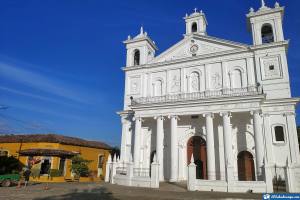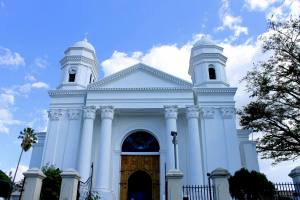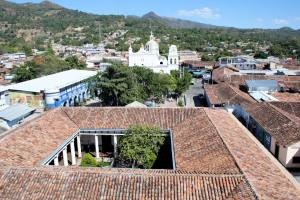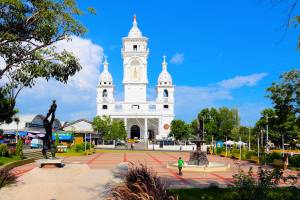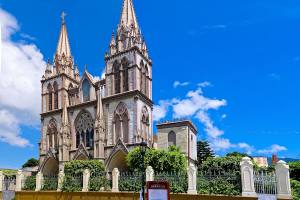On your trip to El Salvador, take the opportunity to visit the Santa Ana department, a geographical space where the natural environment is the protagonist of this tourist adventure.
Its hills and plateaus are attractive for outdoor walks, and the archaeological sites will take you to take a look at the ancient societies that inhabited here.
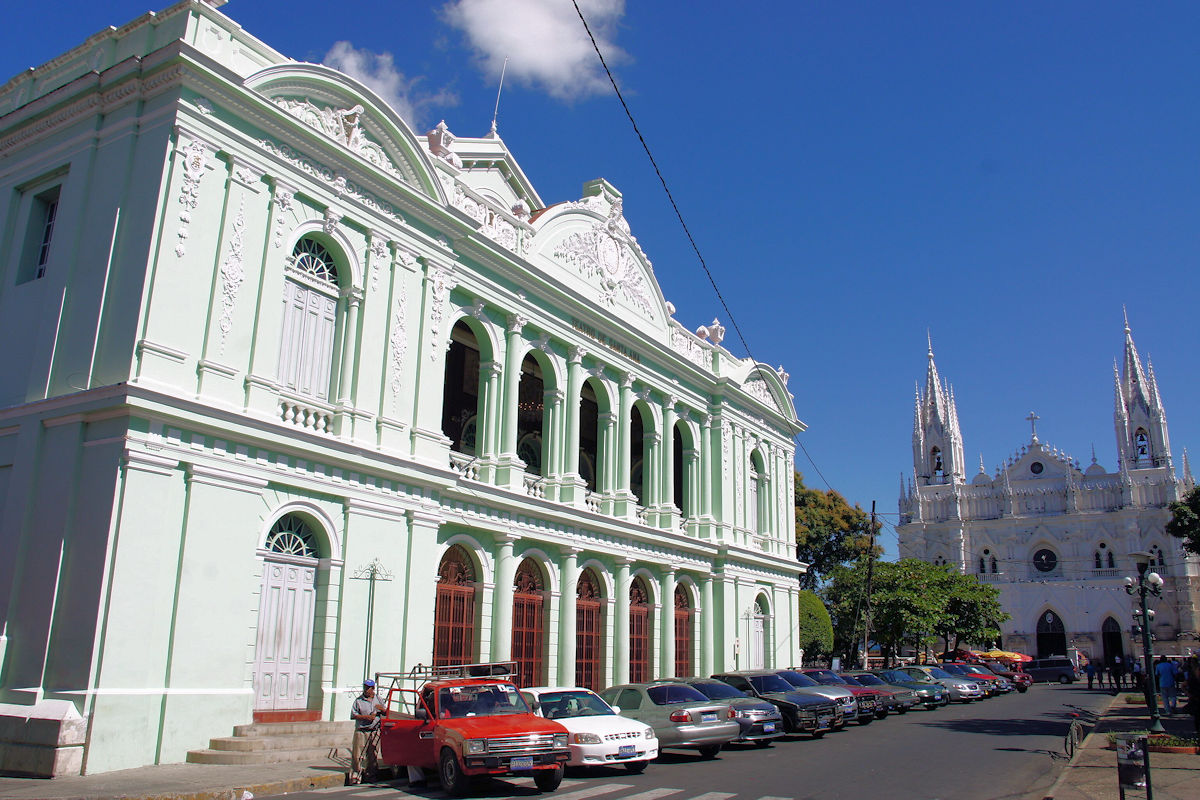
SANTA ANA - Departments of El Salvador. Photo by hectorlo. Flickr.
Santa Ana Data
| Country: | El Salvador |
|---|---|
| Category: | Departments |
| Elevation: | 763 meters |
| Surface: | 2.023km² |
| Population: | 63,1100 |
| Tip: | Declared the second capital of El Salvador |
What to see and do in the Santa Ana Department
Many activities, primarily rural and geo-natural tourism, can be done in the Santa Ana Department when visiting its forests and mountains.
In the same way, historical places and beautiful buildings will allow you to know much more about the Salvadoran culture and the natural beauties. You can opt for the numerous spas and lagoons that abound here.
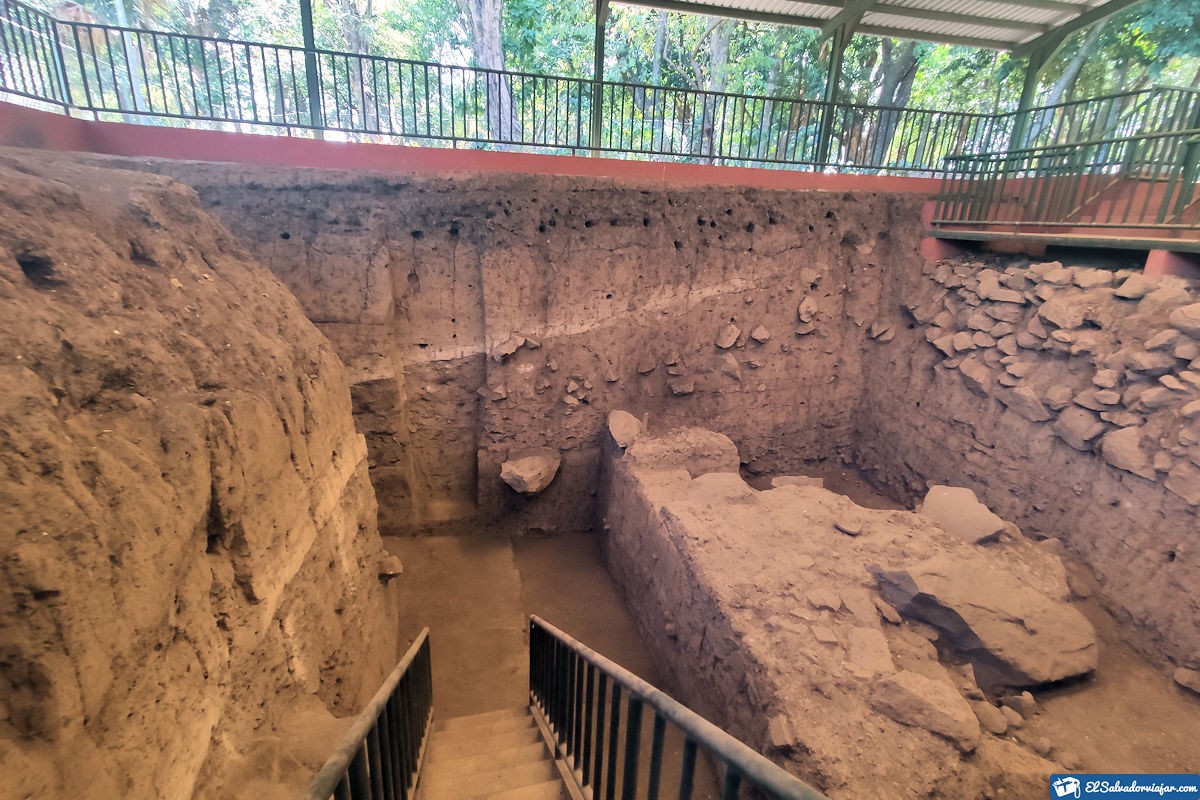
In addition, you will have a glimpse of the remote past when you visit the pre-Columbian archaeological sites that remain here.
The gastronomy, customs, and traditions of the people of Santanecos will complete this fabulous sensory experience.
Monuments and sites of interest
The city of Santa Ana, traditionally known as La Ciudad Morena, is the head of the Santa Ana Department, besides being the second and most important of the Republic. It is over 50 kilometers from San Salvador, the country’s capital.

It is convenient to visit the Santa Ana Volcano, still active, or Cerro Verde, another volcano but already extinct.
In the city, the historic center is full of splendid spaces such as the Cathedral; an imposing temple declared a National Monument, the beautiful Santa Ana Theater, and the Regional Museum of the West.
The ruins of Tazumal, with its dazzling main pyramid, or the extraordinary findings of Casa Blanca, show us a little of how the Mayas lived in the area of Chalchuapa in Santa Ana.
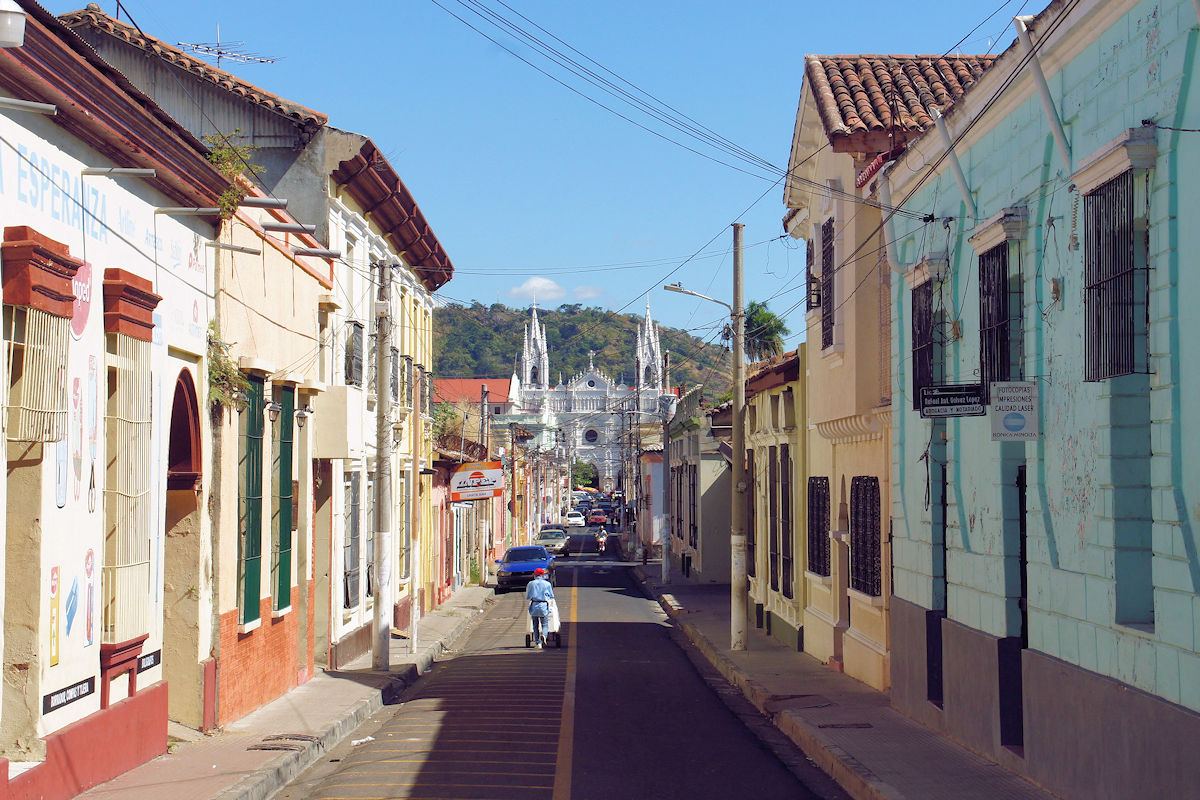
In El Boquerón National Park, you will see firsthand the geological features left by the volcanic areas and have great views.
Attractive places to visit
The variety of plans can lead us to enjoy in different ways throughout the Santa Ana Department.
Thus, 15 kilometers from Santa Ana, we arrive at Coatepeque Lake, a spectacular water mirror in the volcano’s crater. There you can practice scuba diving and relax in this enchanting landscape.
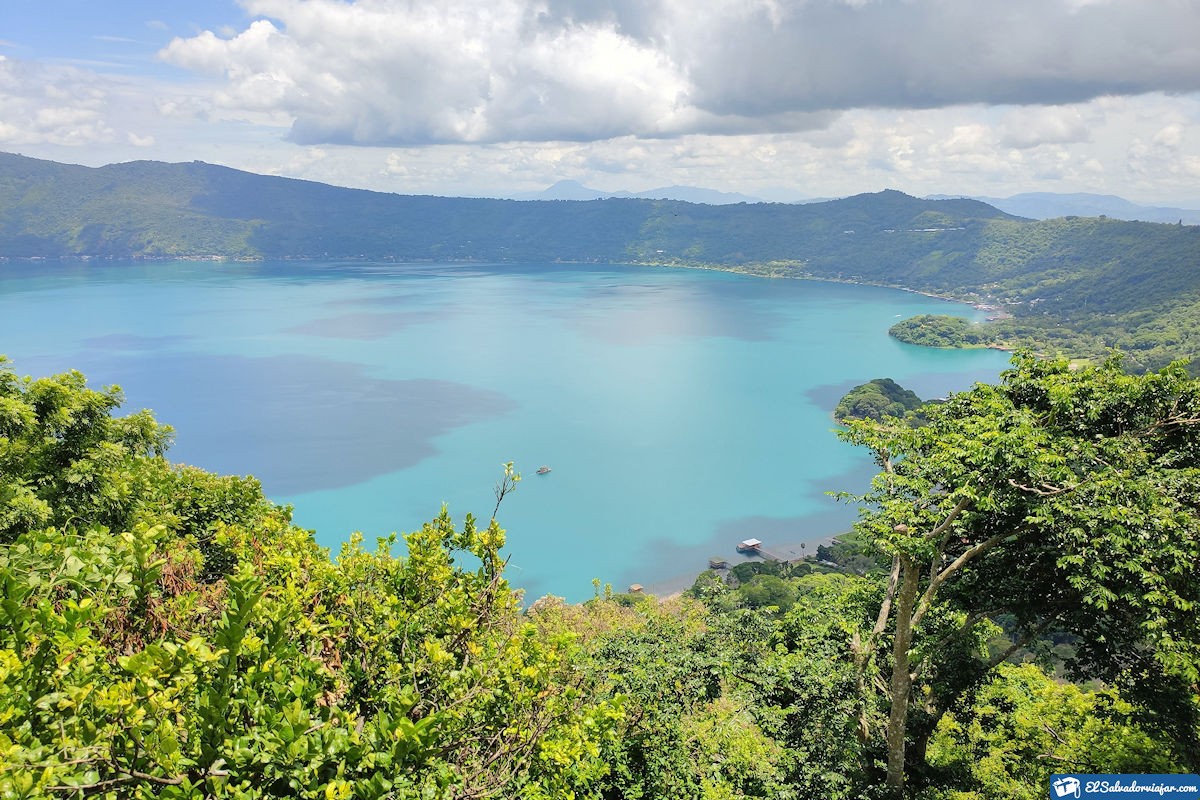
In Masahuat, you can swim in the waters of the Guajoyo River, which make up the “Turicentro Apuzunga.” At the same time, in the municipality of Metapán, the Montecristo forest offers you the possibility of camping in the middle of virgin nature.
Destinations near Santa Ana that you can visit
Natural areas such as Lake Guija are surprising since it is so large that its surface is shared between El Salvador and Guatemala, and the waters of other rivers flow into it. The Guajoyo Hydroelectric Power Plant is there.
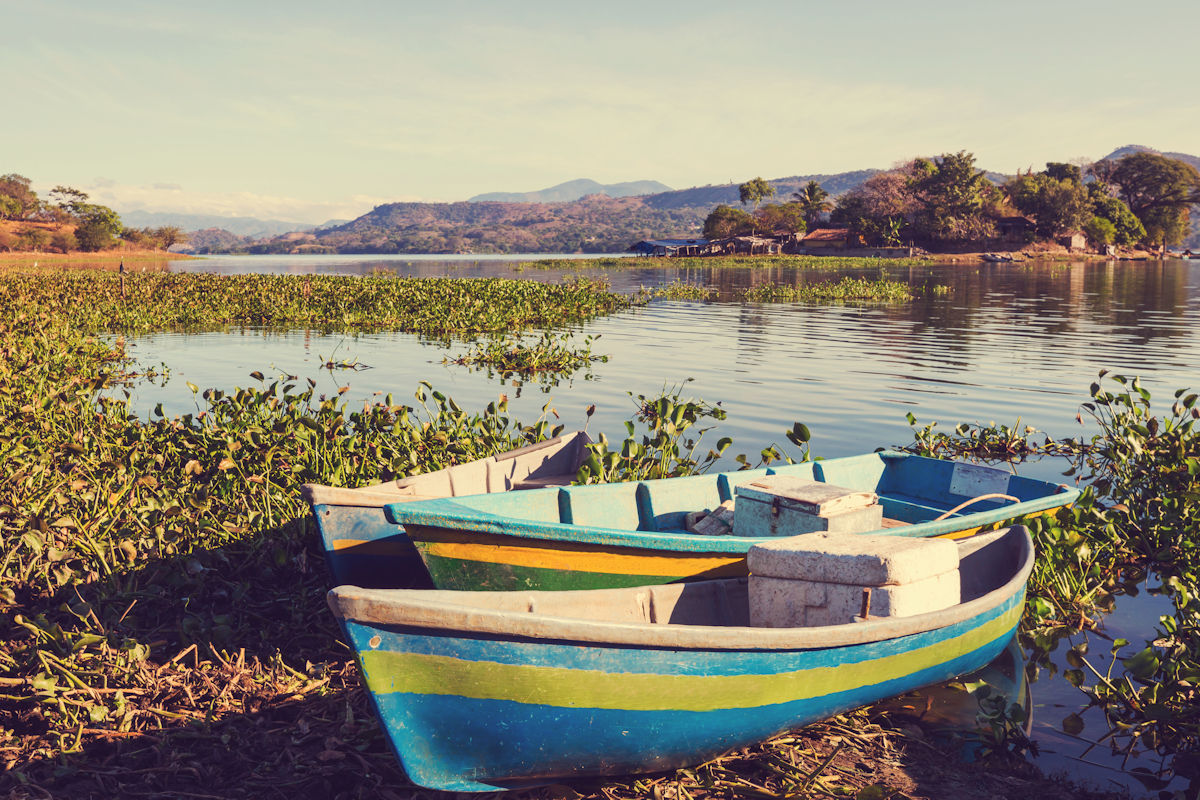
It is surrounded by the San Diego, Mita, and Cerro Quemado volcanoes, all extinct, in the municipality of Metapán.
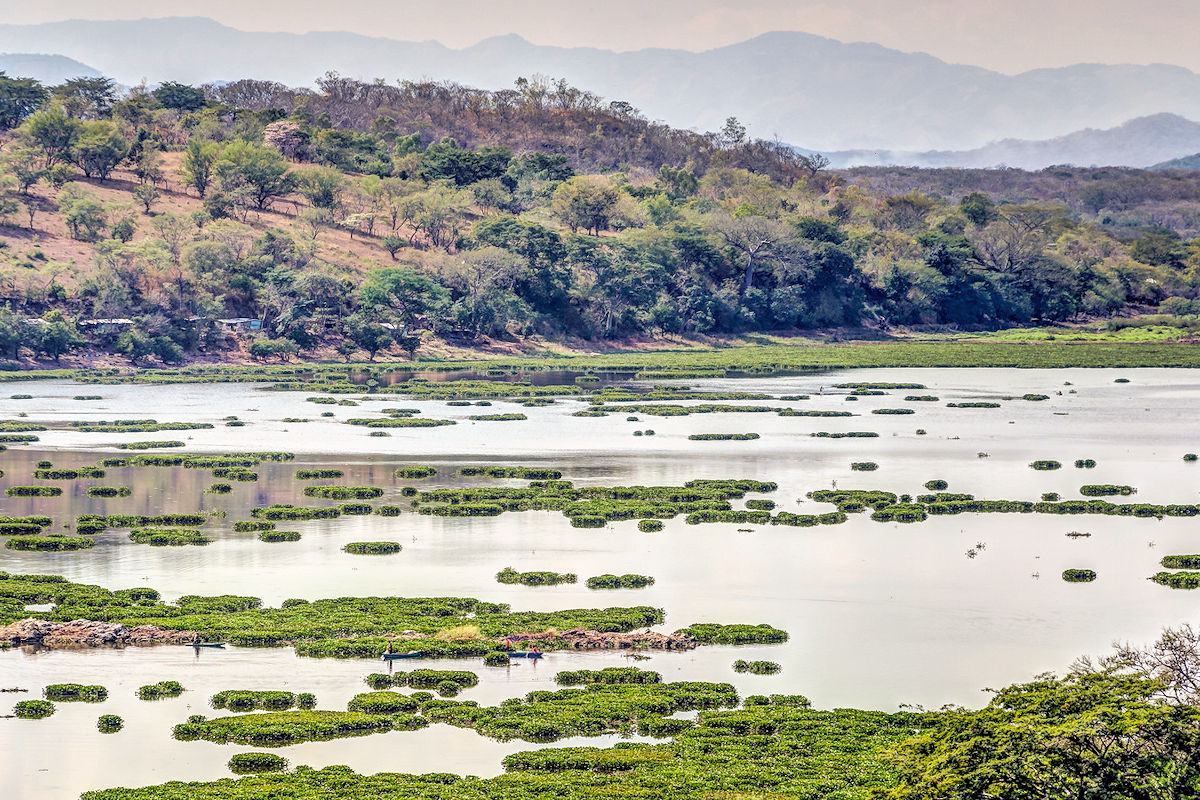
In this same municipality, you can go to the Metapan Lagoon, which depending on the time of year, has more or less water. There you can go for a ride in small boats, motorboats or fish, while you enjoy the surrounding forests.
But if you want to go through very coquettish and colonial-style villages, don’t miss visiting Candelaria de la Frontera. You will even have fun times in the natural pools of El Tanque, or you can milk cows in the farms that support innovative ideas to promote tourism. It’s less than an hour from the capital of the department and an hour and fifteen minutes from San Salvador.
History of the Santa Ana Department
The Santa Ana Department is in the western area of El Salvador and, in pre-Hispanic times, was inhabited since the V century by the Mayas, according to archaeological studies.
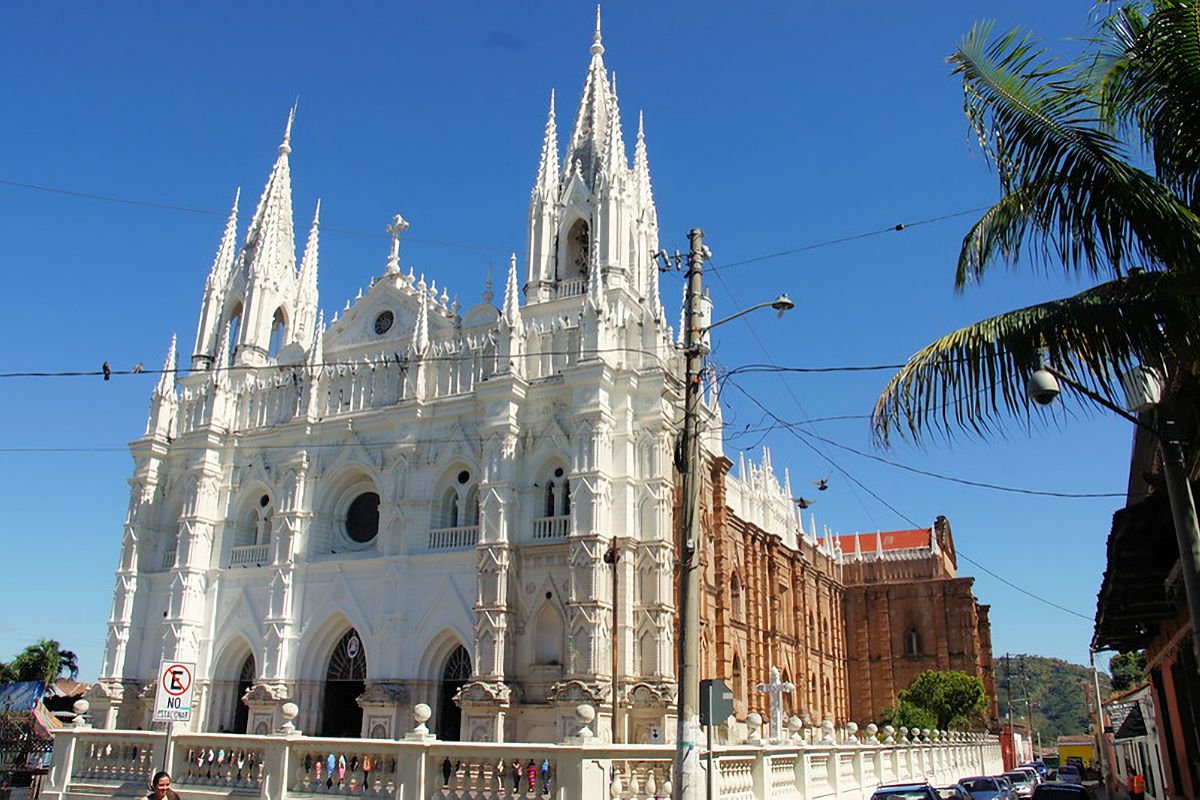
The chronicles say that the Nahuas later occupied it. They gave it the name of Sihuatehuacán, which in the Nahuatl language means city of priestesses or town of the pythonesses.
During the year 1528, it was conquered by the Spaniards. Still, around 1569, Bernardino de Villalpando, Bishop of Guatemala, ordered the construction of a small temple in honor of the Virgin of Santa Ana. From there, they changed the name to Santa Ana La Grande.
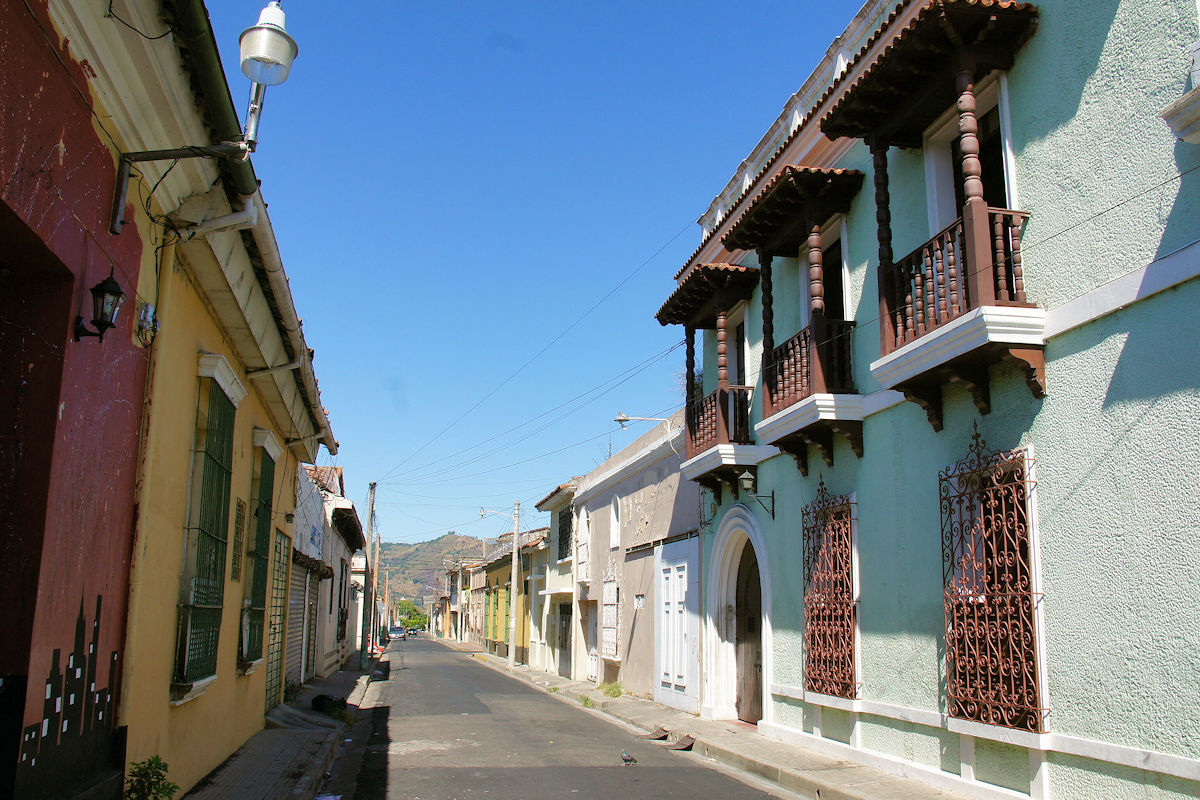
Later, in February 1855 and during the government of Colonel José María San Martín, the Santa Ana Department was officially created by legislative decree.
Around 1894, the overthrow of the government, presided by the Ezeta brothers, took place in these lands, which is why it was historically known as the heroic city.
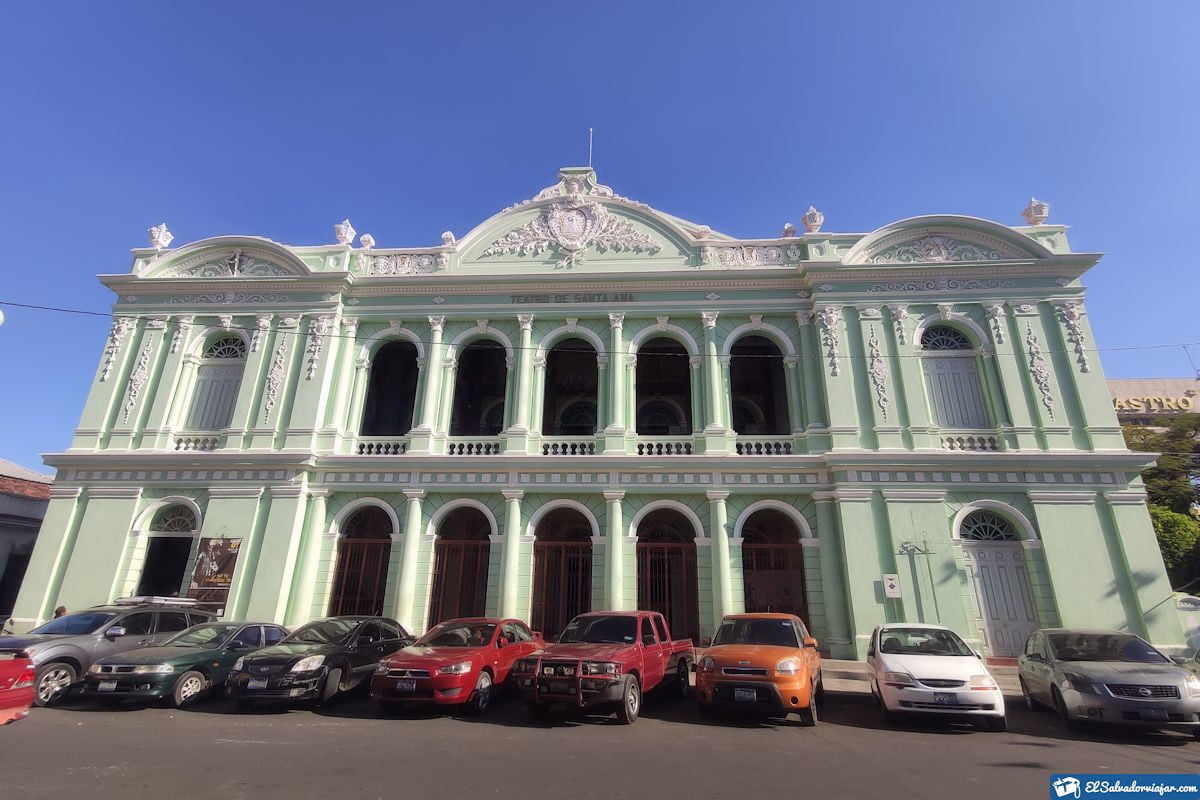
At the beginning of the 20th century, it lived its period of most extraordinary splendor due to the wealth produced by the cultivation of coffee.
Geography and Municipalities of the Santa Ana Department
Geographically, Santa Ana’s department is in the western part of the country, bordering to the north with Honduras and Guatemala, to the south with the departments of Sonsonate and Ahuachapán; to the east, it connects with the departments of La Libertad and Chalatenango, and to the west with Guatemala.
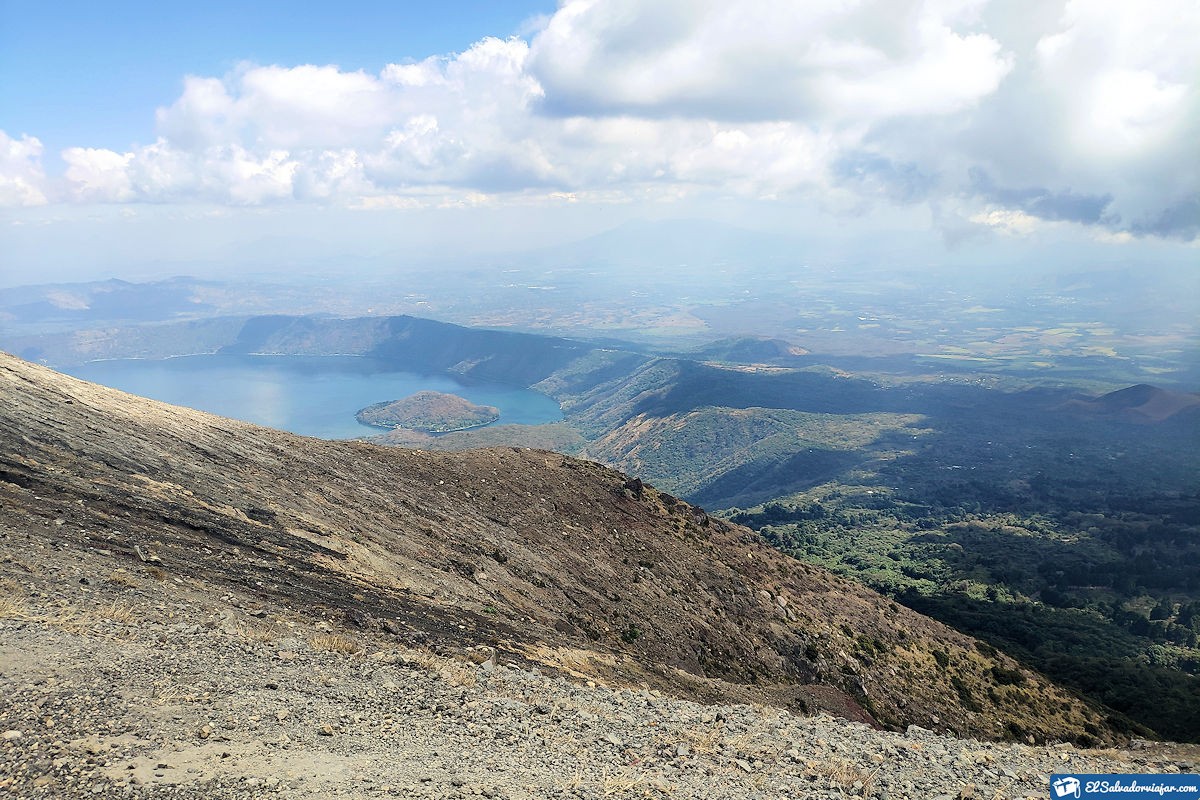
Its area occupies 2,008.35 square kilometers, and it has a population of over 600 thousand people.
Likewise, the Santa Ana Department is into 13 municipalities, which are:
- Candelaria de la Frontera
- Chalchuapa
- Coatepeque
- El Congo
- El Porvenir
- Masahuat
- Metapan
- San Antonio Pajonal
- San Sebastián Salitrillo
- Santa Ana
- Santa Rosa Guachipilín
- Santiago de la Frontera, and
- Texistepeque
Each municipal area has its charms and attractions, as in Texistepeque, when we visit the Lempa and Guajoyo rivers. Santiago de la Frontera also invites us to tour the banks of the Cusmapa River.
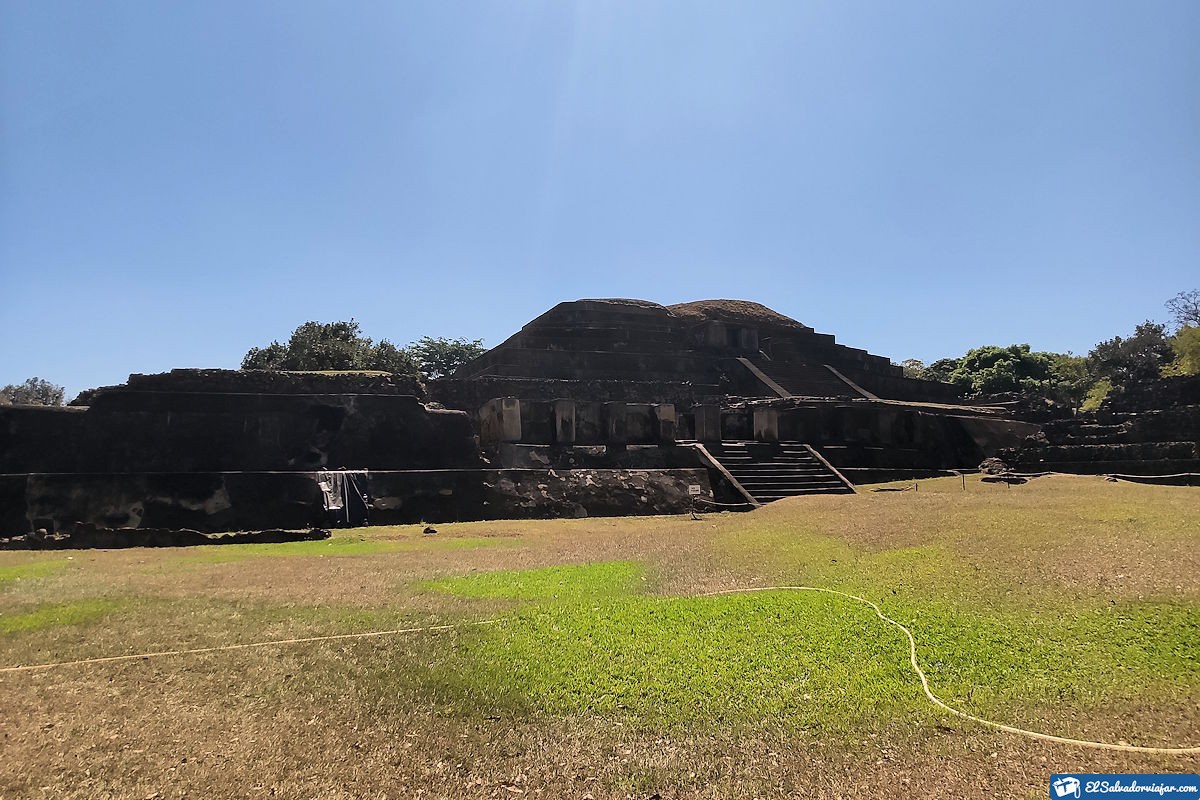
If you go to El Congo, visit Coatepeque Lake and its calm waters. Still, if you decide to go to San Antonio Pajonal, you will have the chance to see the archaeological remains in Cerro Quemado.
And in Chalchuapa, you will have a great time visiting the most important archaeological sites in the country: El Trapiche, Casa Blanca, and the magnificent Tazumal, all declared National Monuments.
Climate, flora and fauna
In general, Santa Ana’s department’s climate is tropical, with an average temperature of 23° Celsius. The driest month is almost always January, while the heaviest rains fall in September, with April being the warmest month of the year.
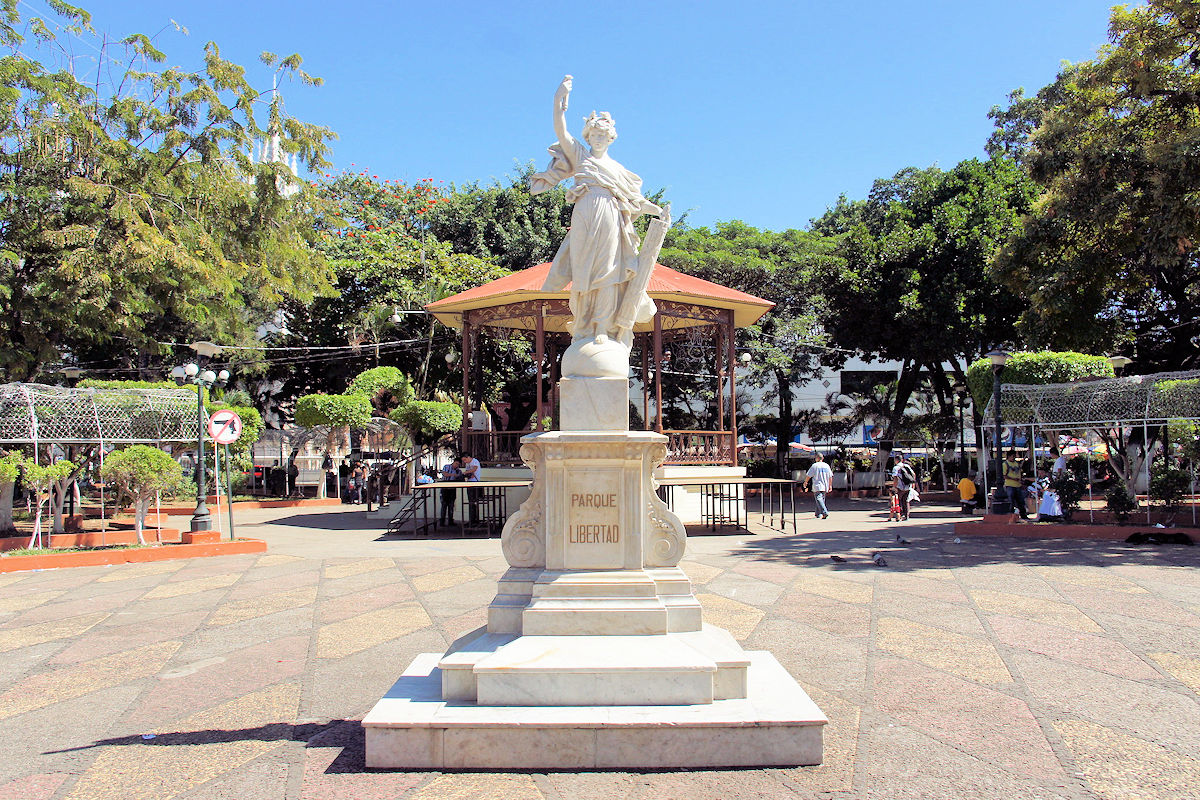
Experts say the best time to visit this area is from September to January.
This fabulous climate favors the presence of diverse trees, such as cedar, ceiba, laurel, loquat, pine, and oak, as well as mango and banana trees. Culturing coffee and sugar cane is fundamental to the country’s economy.
In the most humid areas, we will see varieties of ferns, magnolias, orchids, and moss.
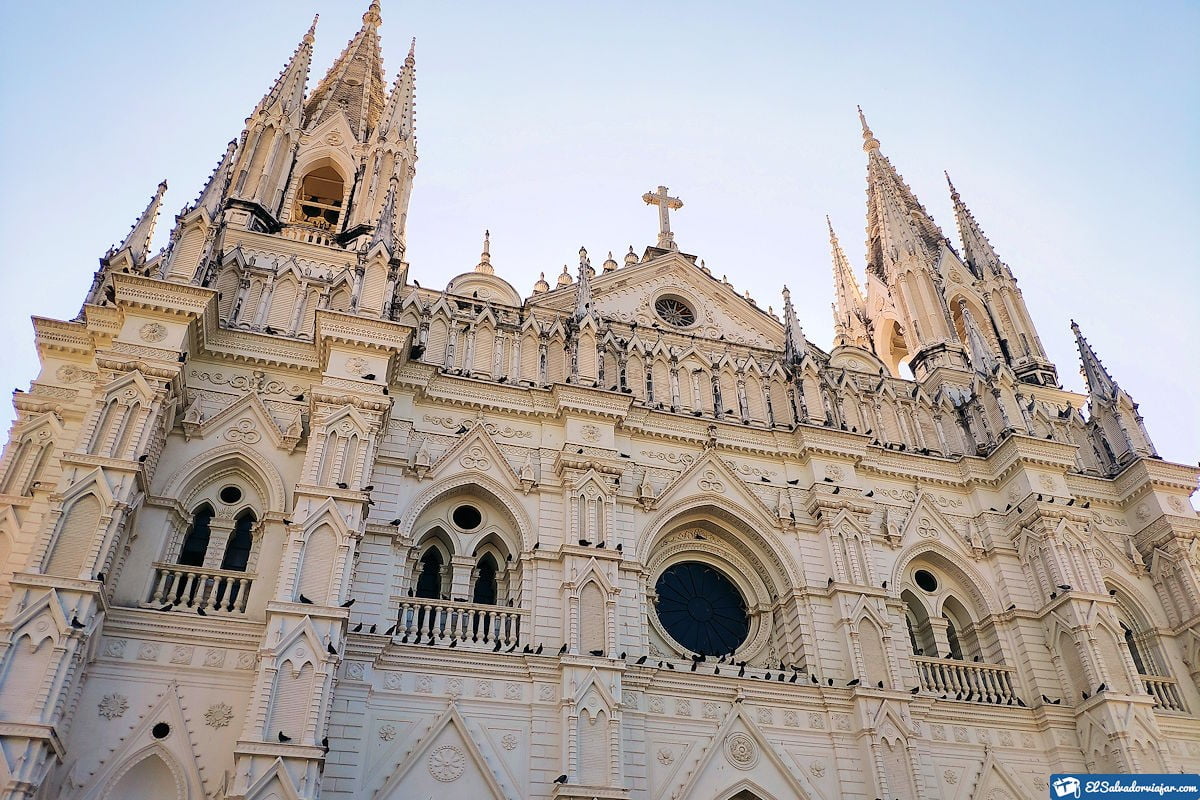
Concerning its fauna, different species of native birds and others use these natural spaces during their migration season. We can see from the hummingbird to the quetzal, eagles, and owls.
On the other hand, the opossum, the sloth, and the iguana abound, and in the corrals of the houses, they shelter chickens and turkeys.
Culture and customs in the Santa Ana Department
The customs and traditions help to unite the threads that form the culture of the people of Santa Ana. On Mondays during Holy Week, the talciguines, also known as “hombres endiablados,” go out into the streets of the towns to “cleanse the passersby of their sins.”
When they are frightened and whipped by these actors, they form part of this theater while another person representing Jesus tries to calm the talciguil.
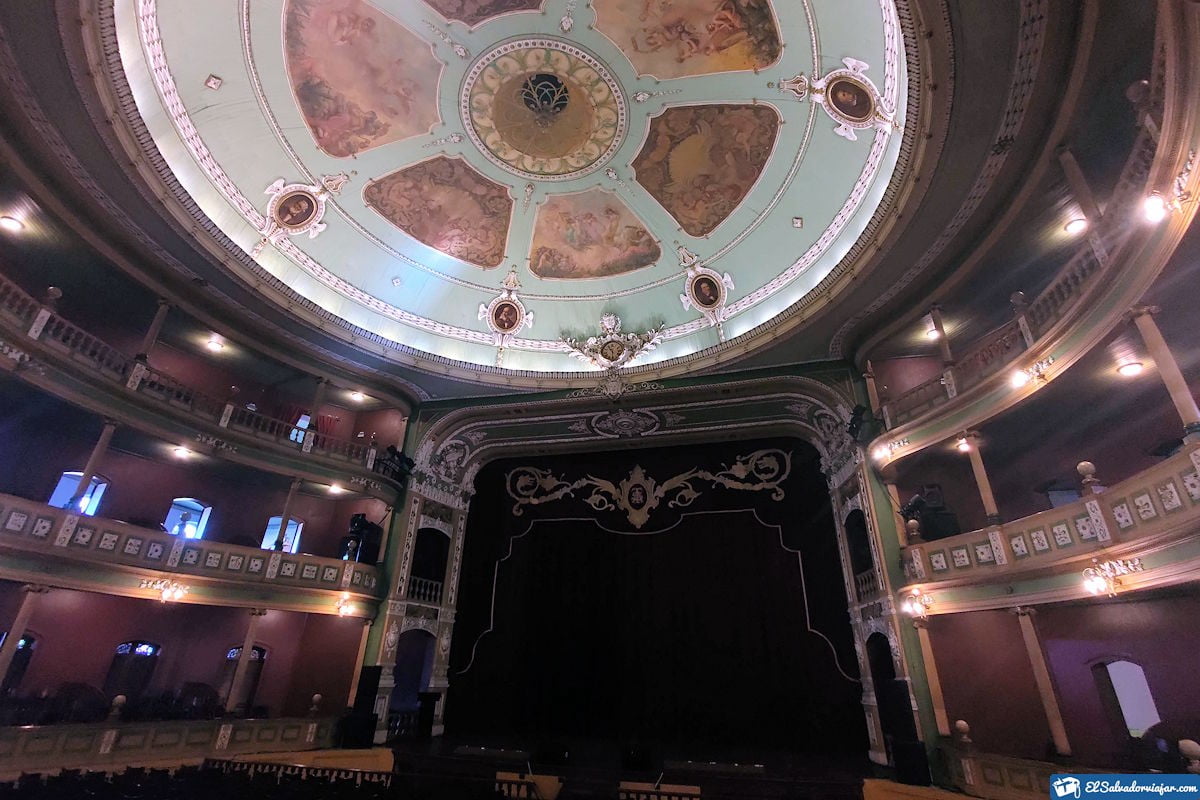
Likewise, it is customary that on November 2, decorated the graves where loved ones are with flowers.
While the July festivities, or Patron Saint Festivities in July, celebrate Santa Ana, the Mother of the Virgin Mary.
Festivals and Gastronomy in the Santa Ana Department
The patron saint festivities are organized in each department and municipality depending on the dates of their saints. They celebrated with many traditional activities, including parades, the Queen’s election, and games for children.

The gastronomy of El Salvador always plays a fundamental role in every festivity. The pupusas are the favorite dish of almost any Salvadoran corner, with their various fillings: meat, chicken, fish, beans, etc.
It is pretty standard the salcochada yucca, accompanied by pork crackling and sauce, as well as bread with mortadella.
The sweet shop prepares a dessert called borrachitos, because it contains some alcohol.
Visiting the Santa Ana Department in El Salvador allows you to design the tourist plan of your preference, where direct contact with nature will be first.
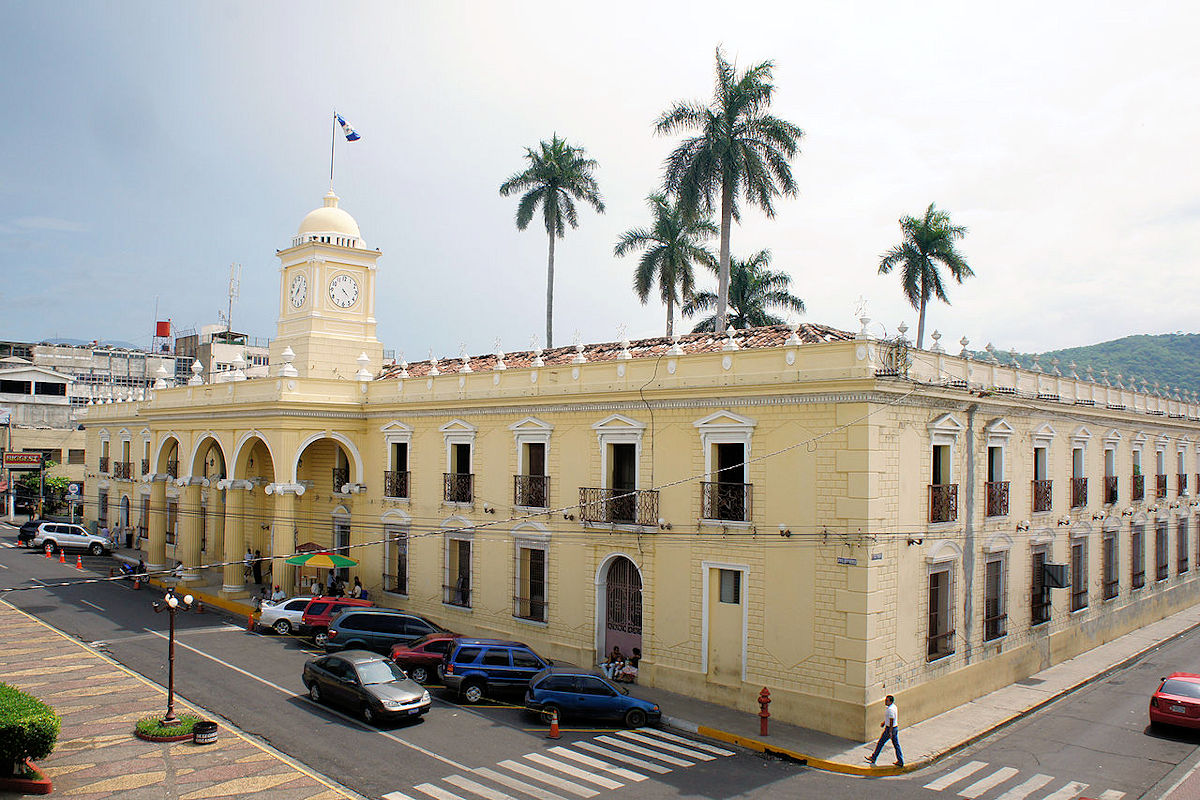
All the municipalities that make up the region have their particular charm. It is up to you to discover this fascinating architectural and cultural heritage, which will leave you wanting to know more about the best that the Thumbelina of America offers.
Having contact with the millenary cultures that made life in these satanic lands will make your senses open extraordinarily. This will undoubtedly make you return to continue discovering the many wonders of Santa Ana, a true Salvadoran tourist icon.
